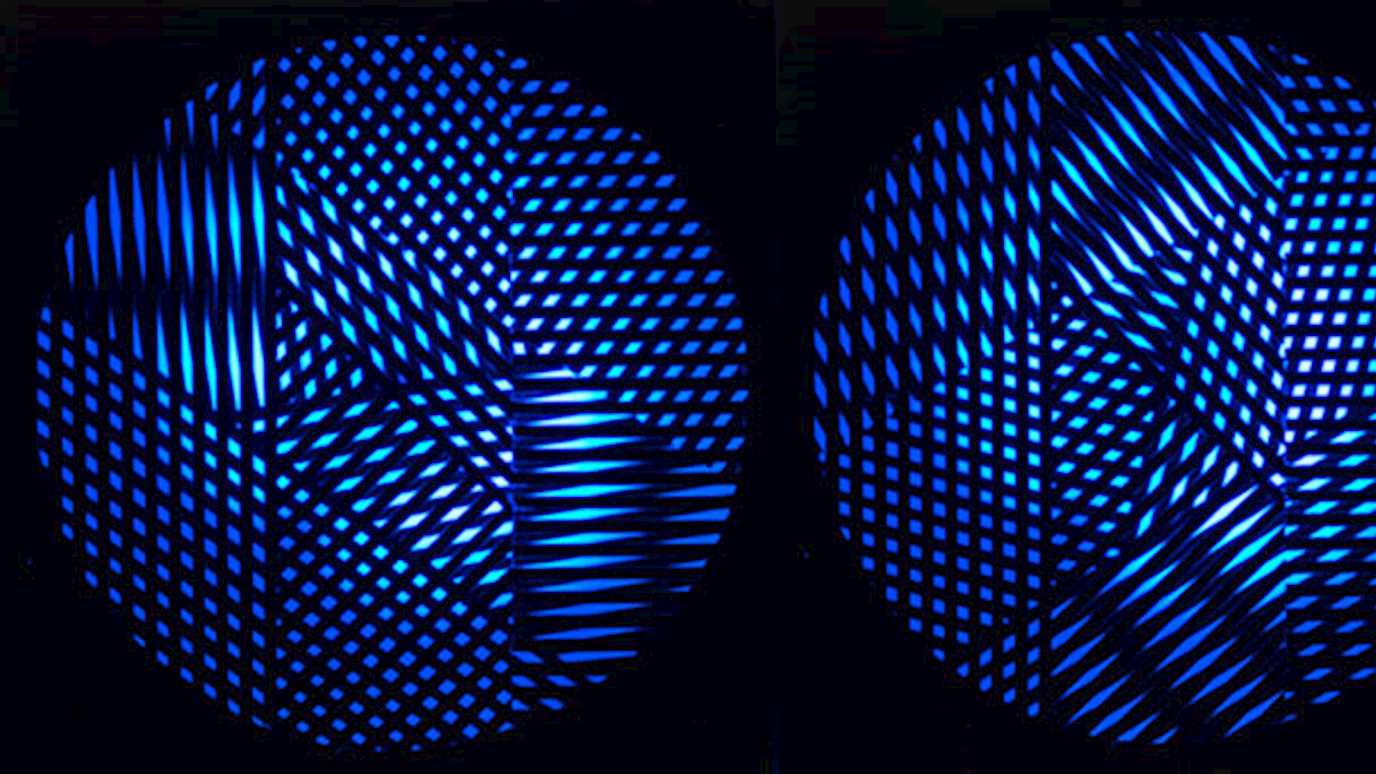Martina Borghi on How to Engage the Observer: the ‘experimentations’ of the Italian Programmed and Kinetic Art Groups
The Centre for Visual Cultures at Royal Holloway, University of London is delighted to host this talk by Martina Borghi, a doctoral researcher in the department of Langauges, Literatures and Cultures here at Royal Holloway.
Martina writes: In 1962, the first Italian exhibition entirely dedicated to Kinetic and Programmed Art was organized at the Olivetti store in Milan. It was attended by two different groups of artists from Milan and Padua respectively, who, although already active separately since 1959, shared with this exhibition the opportunity to present their innovative aesthetics and interdisciplinary approach to a wider audience. The programmatic text of this pioneering display was written by Umberto Eco, a pivotal figure in the birth of this artistic movement and in the definition of the peculiar concept of programming they promoted.
What most characterizes these groups of artists is the role played by movement and dynamism – real or apparent – as well as the research and study of the active participation of the observer (whether it be physical or a purely cognitive interaction) through the role played by the programming activity before and during the artwork activation. Already from a first analysis of the works exhibited, one can perceive their predominant rational and functional approach. The theoretical emphasis on programming activity revolutionized the very concept of a work of art and led may critics to consider Arte Programmata as the last Italian avant-garde. The rigour of the artwork’s planned kinetic sequences, the accurate development of the observer’s planned involvement, and the careful planning of the spatial-temporal evolution of the work of art, are all elements that testify to how programming is the real essence of a work of art, not its physical and material features. The movement shares with other disciplines developed in the same period, such as Cybernetics, the desire to analyse in depth the cognitive functionality of the observer. The artists' main aim is the promotion of the idea of a functional kind of art, with a powerful communicative intent — one characterized by a highly reproducible industrial design and far from the canonical idea of artistic beauty and uniqueness of the artwork.
The purpose of this talk is to outline the main features of this movement which heralded significant innovations. On the one hand, it ponders on the needs of the new observer of the 1960s, eager to be actively involved. On the other, it manifests the necessities of the artists of the time, driven by the desire to pursue research activities that have a solid interdisciplinary nature to focus on the complexity of the human being and its relationship with the work of art.
About the Speaker
Martina Borghi is a doctoral researcher in Italian. Her activity focuses on Italian visual culture of the 1960s, in particular Bruno Munari. During her PhD at Royal Holloway she has had the opportunity to collaborate in the creation of new teaching experiences to combine the study of the Italian language with that of the visual arts, as well as in the development of new teaching methods linked to artistic curatorship.
This will be an online event hosted via Microsoft Teams.
Find out more about our events and research at Royal Holloway on our Centre for Visual Cultures web pages.
Follow us on Twitter: @RHUL_CVC

Image : Schema luminoso variabile R.R. 66 (Variable light screen R.R. 66), Grazia Varisco, 1962. Image shows detail of two out of three blue circles with intricate geometric details on a black background.



















